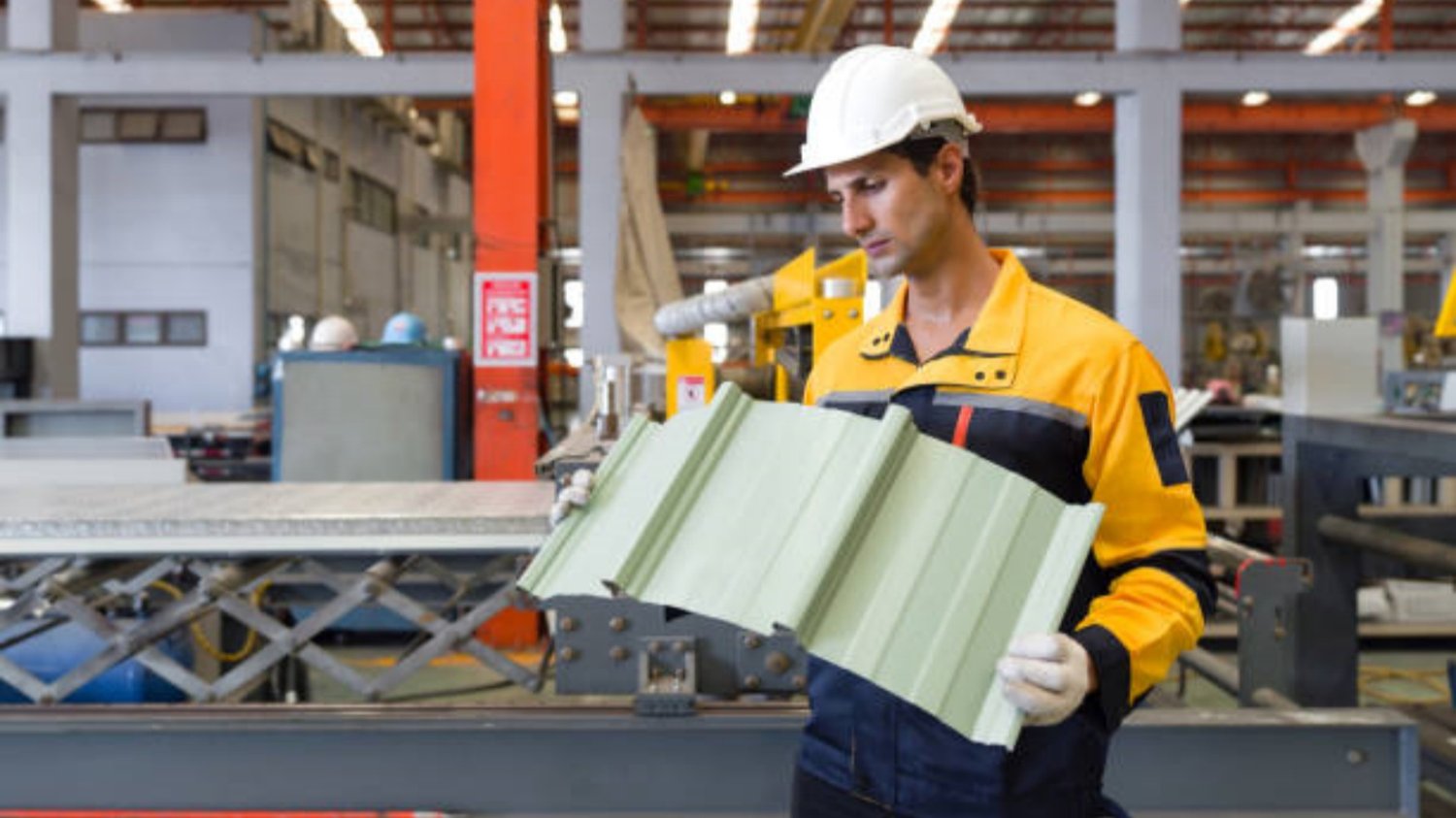Introduction
Corrugated roof sheeting is a popular roofing material known for its durability, affordability, and versatility. It is made from sheets of metal or plastic that have been formed into a wave-like pattern, creating strength and rigidity. This article aims to provide a comprehensive understanding of corrugated roof sheeting, exploring its various aspects and benefits.
The History of Corrugated Roof Sheeting
Corrugated roof sheeting has a long history, dating back to the early 19th century. It was initially invented as a replacement for thatch and wooden shingles, offering better protection against the elements. The first corrugated roof sheets were made from wrought iron and were primarily used in industrial and agricultural buildings.
The Composition of Corrugated Roof Sheeting
Modern corrugated roof sheeting is typically made from galvanized steel, aluminum, or plastic. Galvanized steel is a popular choice due to its strength and resistance to corrosion. Aluminum is lightweight and highly resistant to rust, making it suitable for coastal areas. Plastic corrugated roof sheeting is affordable and easy to install.
The Advantages of Corrugated Roof Sheeting
Corrugated roof sheeting offers numerous advantages, making it a popular choice for both residential and commercial buildings:
- Durability: Corrugated roof sheeting is designed to withstand harsh weather conditions, including strong winds, heavy rain, and snow. It is also resistant to fire and pests.
- Affordability: Compared to other roofing materials, corrugated roof sheeting is relatively inexpensive, making it a cost-effective option for many homeowners and businesses.
- Versatility: Corrugated roof sheeting can be used in various applications, including roofs, walls, and fencing. It is compatible with different architectural styles and can be easily customized to suit specific needs.
- Easy Installation: The lightweight nature of corrugated roof sheeting makes it easy to handle and install. It requires fewer structural supports and can be quickly and efficiently installed by professionals.
- Low Maintenance: Corrugated roof sheeting requires minimal maintenance. Regular inspections and cleaning are usually sufficient to ensure its longevity.
The Applications of Corrugated Roof Sheeting
Corrugated roof sheeting finds a wide range of applications in various industries:
- Residential Roofing: Many homeowners choose corrugated roof sheeting for their residential roofs due to its durability and affordability.
- Commercial Roofing: Corrugated roof sheeting is commonly used in commercial buildings, such as warehouses, factories, and retail spaces.
- Agricultural Buildings: The agricultural industry extensively utilizes corrugated roof sheeting for barns, sheds, and other farming structures.
- Industrial Construction: Corrugated roof sheeting is a preferred choice for industrial buildings, providing excellent protection and insulation.
- Temporary Structures: Its ease of installation and affordability make corrugated roof sheeting suitable for temporary structures like tents and temporary shelters.
Installation and Maintenance Tips
When installing corrugated roof sheeting, it is important to follow proper procedures to ensure a long-lasting and secure roof:
- Prepare the Surface: Ensure the roof surface is clean, dry, and free from any debris or protrusions that may affect the installation.
- Use the Correct Fasteners: Choose the appropriate fasteners, such as screws or nails, that are designed specifically for corrugated roof sheeting.
- Follow Manufacturer's Instructions: Always refer to the manufacturer's guidelines for installation, including the recommended overlap and spacing between sheets.
- Regular Inspections: Perform regular inspections to identify any signs of damage or wear. Promptly address any issues to prevent further damage.
- Keep Gutters and Drains Clear: Ensure that gutters and drains are clear of debris to maintain proper water drainage and prevent water damage.
Environmental Considerations
Corrugated roof sheeting can be an environmentally friendly choice:
- Recyclability: Metal and plastic corrugated roof sheeting can be recycled, reducing waste and minimizing environmental impact.
- Energy Efficiency: Properly insulated corrugated roof sheeting can improve energy efficiency by reducing heat transfer, keeping buildings cooler in summer and warmer in winter.
Conclusion
Corrugated roof sheeting is a versatile and cost-effective roofing material that offers durability, affordability, and easy installation. Its applications span across residential, commercial, agricultural, and industrial sectors. By understanding its composition, benefits, and proper installation techniques, individuals can make informed decisions regarding their roofing needs.

